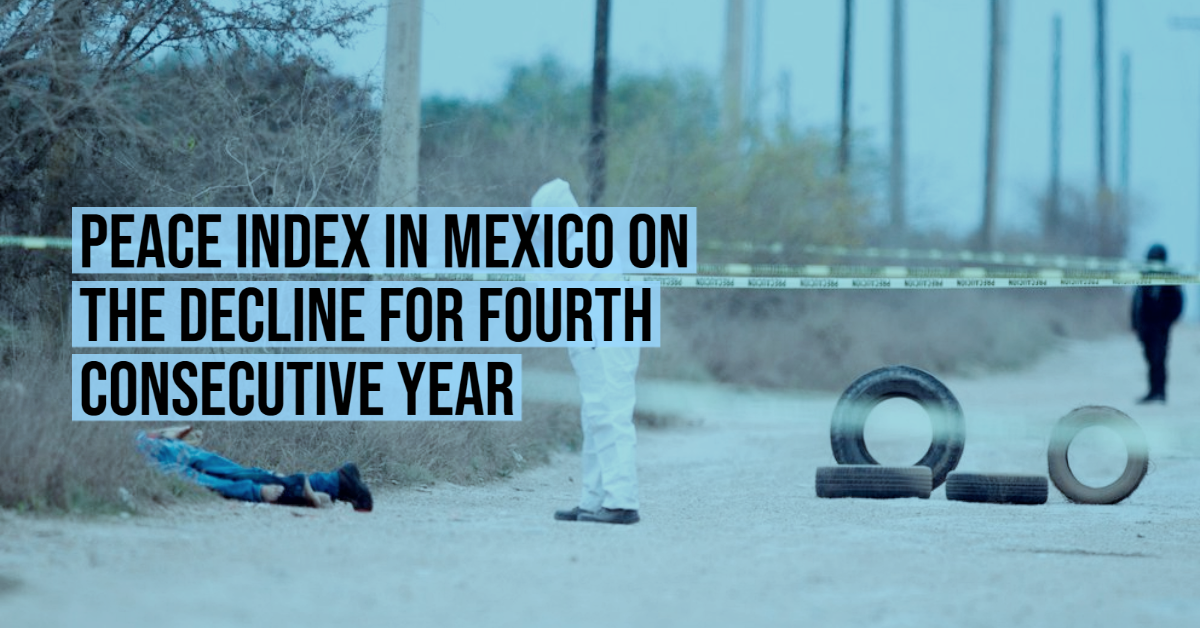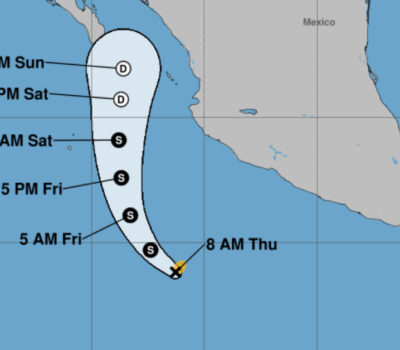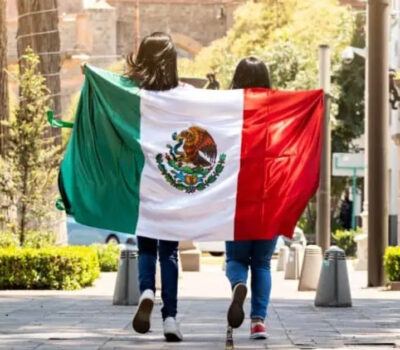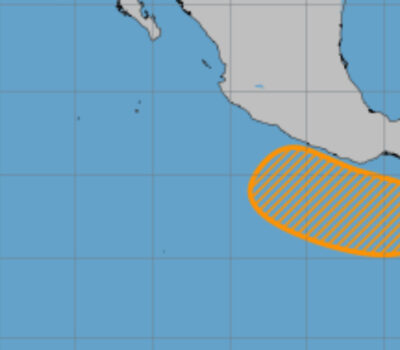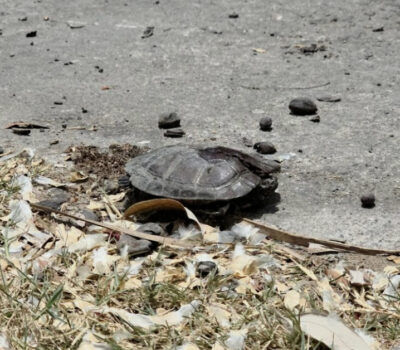In 2019, the level of peace in Mexico fell 4.3%, deteriorating for the fourth consecutive year, largely due to a 24.3% increase in the crime rate of organized crime, as revealed in the 2020 Peace Index report in Mexico prepared by the Institute for the Economy and Peace (IEP).
The analysis also revealed that the homicide rate grew 1.4% in 2019, which is a markedly smaller increase compared to the previous year’s increase of 15.7 percent. Nationally, violent crimes worsened 3.4% in 2019, mainly due to the 18.3% increase in the rate of sexual crimes.
For the second year in a row, Baja California is the least peaceful state in Mexico, followed by Colima, Quintana Roo, Chihuahua, and Guanajuato. Yucatán continues to be the most peaceful state, followed by Tlaxcala, Chiapas, Campeche, and Nayarit.
Among the good news, the report revealed that in nine of the 32 states the level of peace improved in 2019, but in 23 states it deteriorated. Morelos recorded the overall rating with the biggest setback after its organized crime rate rose 193 percent.
The 2020 report is the seventh edition of the Mexico Peace Index prepared by the IEP, an independent, non-partisan, and non-profit think tank dedicated to changing the global focus on peace to make it a positive, feasible, and tangible measure of human well-being and progress.
The IPM is based on the methodology of the Global Peace Index (GPI), the most recognized measure of peace in the world, which has been produced by the IEP each year since 2007 .
Among the trends of the last five years, the report revealed that the level of peace in Mexico has deteriorated 27.2 percent. “This deterioration was due, above all, to the fact that the national homicide rate increased 86%, going from 15 deaths per 100,000 inhabitants in 2015 to 28 in 2019,” they detailed.
Since 2015, only seven states have seen improvements in homicide rates. The greatest advance corresponded to Baja California Sur, which reduced its rate to less than half to reach 10.3 deaths per 100,000 inhabitants.
From 2015 to 2019, the violent crime rate rose 40%, while sexual crime rates grew 60%. Violence with firearms is also on the rise: nationally, the rate of crimes committed with these weapons more than doubled, from 13.6 per 100,000 inhabitants in 2015 to 29.6 in 2019, they explained.
Likewise, since 2015 the crime rate of organized crime has increased more than 46%, where the greatest deterioration was observed in the crime rate of drug dealing, which increased 75 percent. Colima had the greatest deterioration in the level of peace, followed by Baja California, Guanajuato, Chihuahua and Quintana Roo.
Colima had the highest homicide rate in the country in four of the last five years. Sinaloa, Tamaulipas, Coahuila, Yucatán, and Chiapas were the states that generally improved the most in the last five years.
The IEP report also highlighted that, from a statistical analysis, it was able to identify four main types of violence in Mexico, each of which follows different dynamics: political violence, opportunistic violence, interpersonal violence, and cartel conflicts.
Of the threats and attacks against politicians that occurred in early 2019, 73% targeted local politicians .
In the case of the media, Reporters Without Borders has registered a total of 1,524 murders of journalists and media professionals in Mexico in the last 20 years. After peaking in 2012, the number of journalists killed has steadily declined. There were 51 murders in 2019 – a 64% decrease compared to 143 in 2012.
In 2019, the level of peace in Mexico fell 4.3%, deteriorating for the fourth consecutive year, largely due to a 24.3% increase . . .

